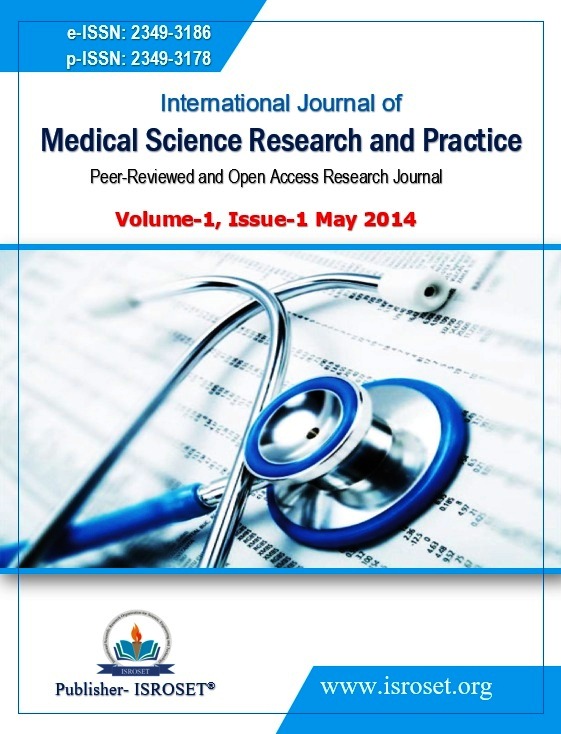Anonychia congenita totalis with epilepsy and mental retardation
Keywords:
Anonychia, anonychia congenita, RSPO4 geneAbstract
Anonychia congenita is a rare disorder characterized by absence of several or all fingernails and/or toenails since birth. A 35-year-old man with mental retardation presented with a history of absence of all nails since birth. There was also a history of epileptic fits since early childhood.
References
DAR de Berker, RPR Dawber. Disorders of nails. In: Burns T, Breathnach S, Cox N, Griffiths C, editors. Rook’s Textbook of Dermatology. 7th edn. Massachusetts, USA: Blackwell Publishing; 2004. p. 62.1-62.62.
Raja Babu K K. Nail and its disorders. In: Valia RG, Valia AR, editors. IADVL Textbook of Dermatology. 3rd edn. Mumbai: Bhalani Publishing Home; 2008. p. 949-94.
Rigopoulos D, Petropoulou H, Nikolopoulou M, Kalogirou O, Katsambas A. Total congenital anonychia in two children of the same family. J Euro Acad Dermatol Venerol 2006; 20: 868-902.
Kumar YHK, R Nitya, Sujatha C. A rare case of isolated congenital complete simple anonychia. Int J Health All Sci 2012; 1: 32-33.
Priolo M, Rosaia L, Seri M, Silengo MC, Ravazzolo R, Lerone M. Total anonychia congenita in a woman with normal intelligence: Report of a further case. Dermatology 2000; 200: 84-85.
Jalde DD, Godhi SA, Uppin SM. A case of partial anonychia with a review of literature. Int Multidisciplinary Res J 2012; 2: 27-28.
Lawry M, Daniel CR. Nails in systemic disease. In: Scher RK, Daniel CR, editors. Nails: diagnosis, therapy, Surgery. 3rd ed. Philidelphia: Elsevier Science Limited; 2005.p. 147-69.
Blaydon DC, Ishii Y, O’Toole EA, Unsworth HC, Teh MT, Riischendrof F et al. The gene encoding R-spondin 4 (RSPO4), a secreted protein implicated in Wnt signalling is mutated in inherited anonychia. J Invest Dermatol 2008; 128: 867-70.
Downloads
Published
How to Cite
Issue
Section
License
Copyright (c) 2025 Anubhav Garg , Sushma Garg , P K Saraswat

This work is licensed under a Creative Commons Attribution 4.0 International License.
Authors contributing to this journal agree to publish their articles under the Creative Commons Attribution 4.0 International License, allowing third parties to share their work (copy, distribute, transmit) and to adapt it, under the condition that the authors are given credit and that in the event of reuse or distribution, the terms of this license are made clear.






